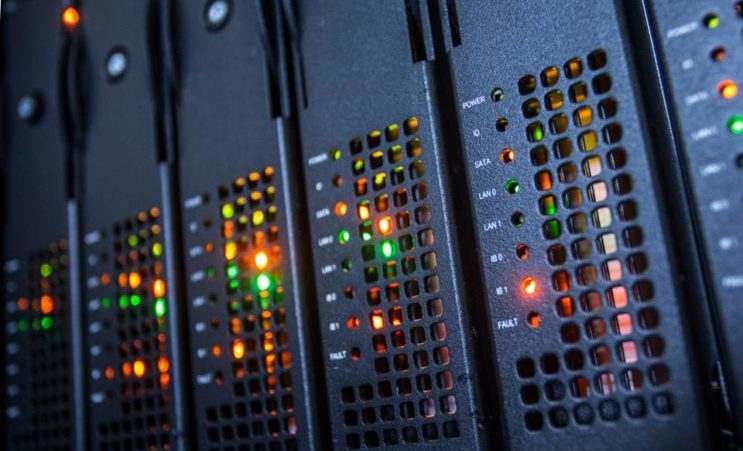This Sponsored Post looks at the Intel Omni-Path Architecture (Intel OPA) next-generation fabric for high-performance computing. Three previous articles cover what an HPC application needs, system performance, and the fabric components.
 Intel Omni-Path Architecture (Intel OPA) was announced in June 2015 and began shipping in volume in February of 2016. By June—in just three months to ship, install, and run the LINPACK—Intel claimed eight systems on June’s Top500.org list of the fastest supercomputers in the world. That matched InfiniBand EDR’s count at the time. By November, the population of Intel OPA on the Top500 grew to 28 systems. According to Joe Yaworski, High Performance Fabric Marketing Director at Intel, that accounted for twice as many as any other 100 Gbps interconnect technology on the Top500 at the time, including InfiniBand EDR.
Intel Omni-Path Architecture (Intel OPA) was announced in June 2015 and began shipping in volume in February of 2016. By June—in just three months to ship, install, and run the LINPACK—Intel claimed eight systems on June’s Top500.org list of the fastest supercomputers in the world. That matched InfiniBand EDR’s count at the time. By November, the population of Intel OPA on the Top500 grew to 28 systems. According to Joe Yaworski, High Performance Fabric Marketing Director at Intel, that accounted for twice as many as any other 100 Gbps interconnect technology on the Top500 at the time, including InfiniBand EDR.
[clickToTweet tweet=”Intel OPA continues to lead EDR. #HPC” quote=”Intel OPA continues to lead EDR. #HPC”]
It’s now June 2017, and time for the latest Top500 list. Intel OPA continues to lead EDR, with 38 systems using Intel OPA—a 36 percent growth since November 2016; 31 are running EDR-only. Four of the top 15 and 13 of the top 100 run the Intel fabric. Within the top 15: Japan’s fastest supercomputer, Oakforest-PACS at the University of Tokyo and University of Tsukuba with 8200 nodes of Intel Xeon Phi™ processors achieved #7 with 13.5 PFLOPs; Stampede2 at the Texas Advanced Computing Center (TACC) took #12; MareNostrum4 at the Barcelona Supercomputing Center landed at #13; and the Marconi cluster, an Intel OPA system at Cineca, a consortium of Italian universities, landed at #14 on the list. Tsubame 3.0, another Intel fabric cluster, at the Tokyo Institute of Technology was the #1 green supercomputer. The momentum has not gone unnoticed.

The top 13 Intel OPA systems on the June 2017 Top500.
With the early achievements in 2016, most of the major HPC system integrators around the world had adopted Intel OPA for their designs, including Dell, Lenovo, HPE, Cray, SGI, and Supermicro, along with Bull, Clustervision, Fujitsu, Sugon, Inspur, and Huawei. That trend continues with more installations from these solution providers all around the world. “The Top500 list is a good proxy showing the momentum of a technology in the marketplace,” said Yaworski. And, indeed it is. The uptake of Intel OPA by both public academia and research institutions, and private enterprise, continues to be strong into 2017.
With the early achievements in 2016, most of the major HPC system integrators around the world had adopted Intel OPA for their designs.
New systems are being installed around the world at universities, such as the University of Colorado at Boulder and Tokyo Institute of Technology, and for commercial endeavors, such as a recent installation at BASF, the chemical company. Penguin Computing and Rescale are offering true HPC in the cloud with bare-metal clusters for cloud users running on Intel OPA. Intel OPA is in clusters used for traditional supercomputing, artificial intelligence (AI), HPC cloud, and in the enterprise.




